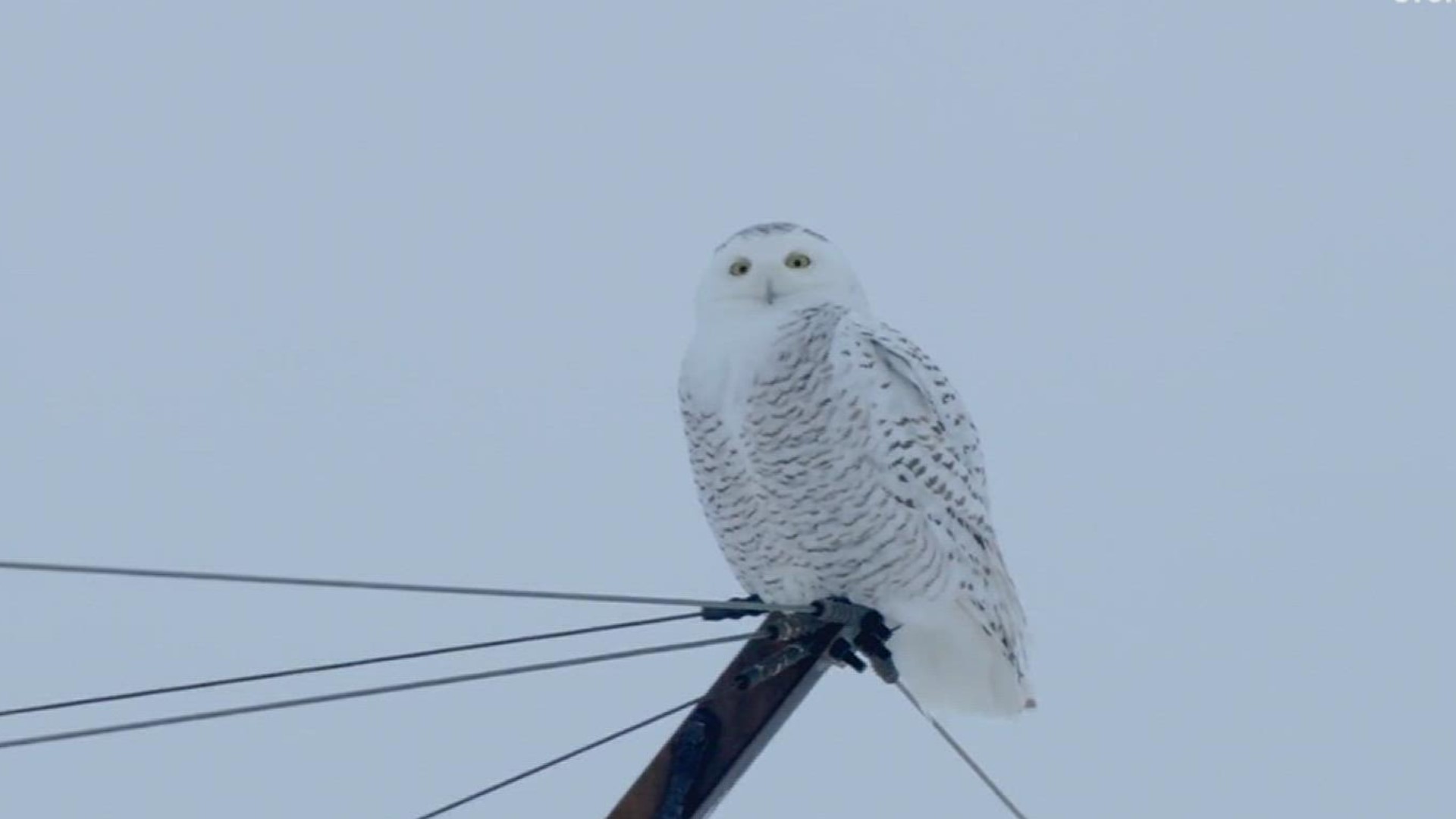PENNSYLVANIA, USA — The snowy owl, which is one of the largest species of owl, is native to the tundra of the Arctic. During the winter, they tend to shift south, mainly because of the lack of sunlight.
Although snowy owls typically only travel as far south as southern Canada, occasionally they will move beyond the Canadian border into Northern U.S. and Pennsylvania, as they have this year.
“So our traditional thought of snowy owl, it’s called irruption," said Dan Brauning, a former Pennsylvania state ornithologist. "These are birds that irrupt under certain circumstances, and traditionally we think of that as a limitation of food supply in the north. So, they have to move further south to get the food to survive the winter."
Brauning says that, even though these beautiful birds are here looking for food, bird watchers and photographers are encouraged to keep a safe distance when observing the owls to avoid causing them stress.
Here are some helpful etiquette tips:
Keep your distance: This is the first and most important rule! Just because the owl might tolerate a close approach doesn't mean you should get too close.
Respect private property: Landowners who host snowy owls say visitors ignore common courtesy to get a good look at snowy owls. Be sure to check your surroundings, and do not cross private property without permission.
Never feed an owl: This is one of the most damaging things an individual could do. Snowy owls have very little innate fear of humans, therefore they can become habituated to people feeding them mice. If they associate people with food, the owls can be drawn to dangerous situations (i.e. flying too close to roads).

